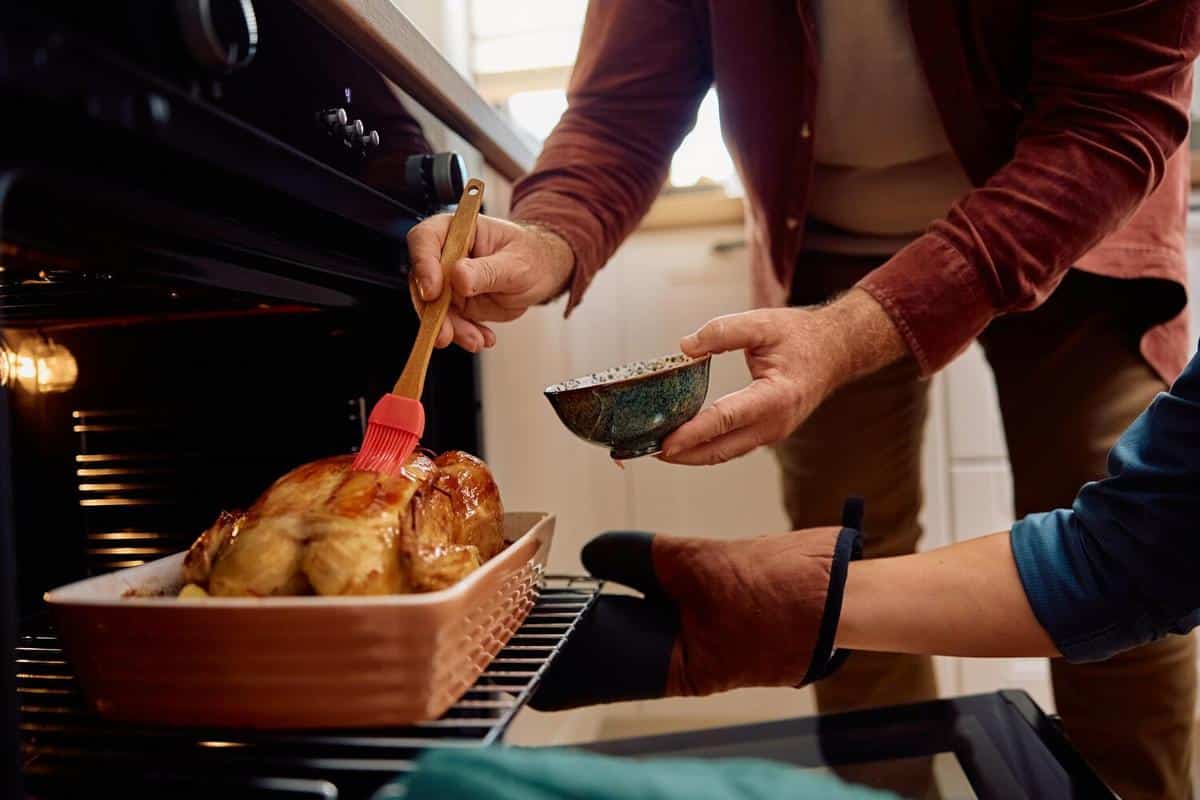
Roasting Techniques: How to Get the Best Out of Every Ingredient
Roasting is a culinary technique that transforms ordinary ingredients into extraordinary dishes, enhancing flavors and textures in delightful ways. Whether you’re a seasoned chef or a home cook, understanding the art of roasting can elevate your culinary creations.
Understanding Roasting
Roasting is a dry heat cooking method that involves cooking food, typically in an oven, using hot air circulating around it. This method caramelizes sugars and browns proteins, creating complex flavors and aromas that are difficult to achieve with other cooking techniques.
The Science Behind Roasting
According to renowned chef and food scientist Harold McGee, roasting involves a series of reactions, including the Maillard reaction and caramelization, which contribute to the browning and flavor development of foods. A study from the Journal of Food Science highlights that roasting can enhance the natural sweetness of vegetables like carrots and sweet potatoes, making them more palatable.
Roasting Techniques
High-Temperature Roasting
This method is perfect for achieving a crispy exterior while keeping the inside juicy. Ideal for meats and robust vegetables like Brussels sprouts and cauliflower.
Slow Roasting
Slow roasting at a lower temperature allows for even cooking, preserving moisture while developing rich flavors. It’s especially effective for larger cuts of meat.
Actionable Tips for Perfect Roasting
- Preheat your oven to ensure even cooking.
- Use a roasting rack to allow air circulation.
- Season ingredients generously with salt and herbs.
- Toss vegetables in oil for an even roast.
Roasting Times and Temperatures
| Ingredient | Temperature (°F) | Time |
|---|---|---|
| Chicken | 400 | 20 mins/lb |
| Beef | 375 | 15 mins/lb |
| Pork | 350 | 25 mins/lb |
| Carrots | 425 | 30-40 mins |
| Potatoes | 400 | 45 mins |
| Squash | 375 | 25-35 mins |
| Brussels Sprouts | 400 | 30 mins |
| Cauliflower | 425 | 20-25 mins |
Frequently Asked Questions
Can you roast frozen vegetables?
Yes, but it is recommended to thaw them first for better texture.
Should I cover my roast?
Covering can prevent browning, so it’s best to leave it uncovered.
How can I tell if my meat is done?
Use a meat thermometer to check the internal temperature: 165°F for poultry, 145°F for pork, and 145°F for beef.
Conclusion
Mastering the art of roasting can transform your cooking repertoire, offering a versatile approach to creating flavorful meals. Whether you’re roasting a succulent chicken or a medley of vegetables, the techniques and tips shared here can help you make the most of every ingredient. So, preheat your oven and get ready to explore the delicious possibilities that roasting offers!


